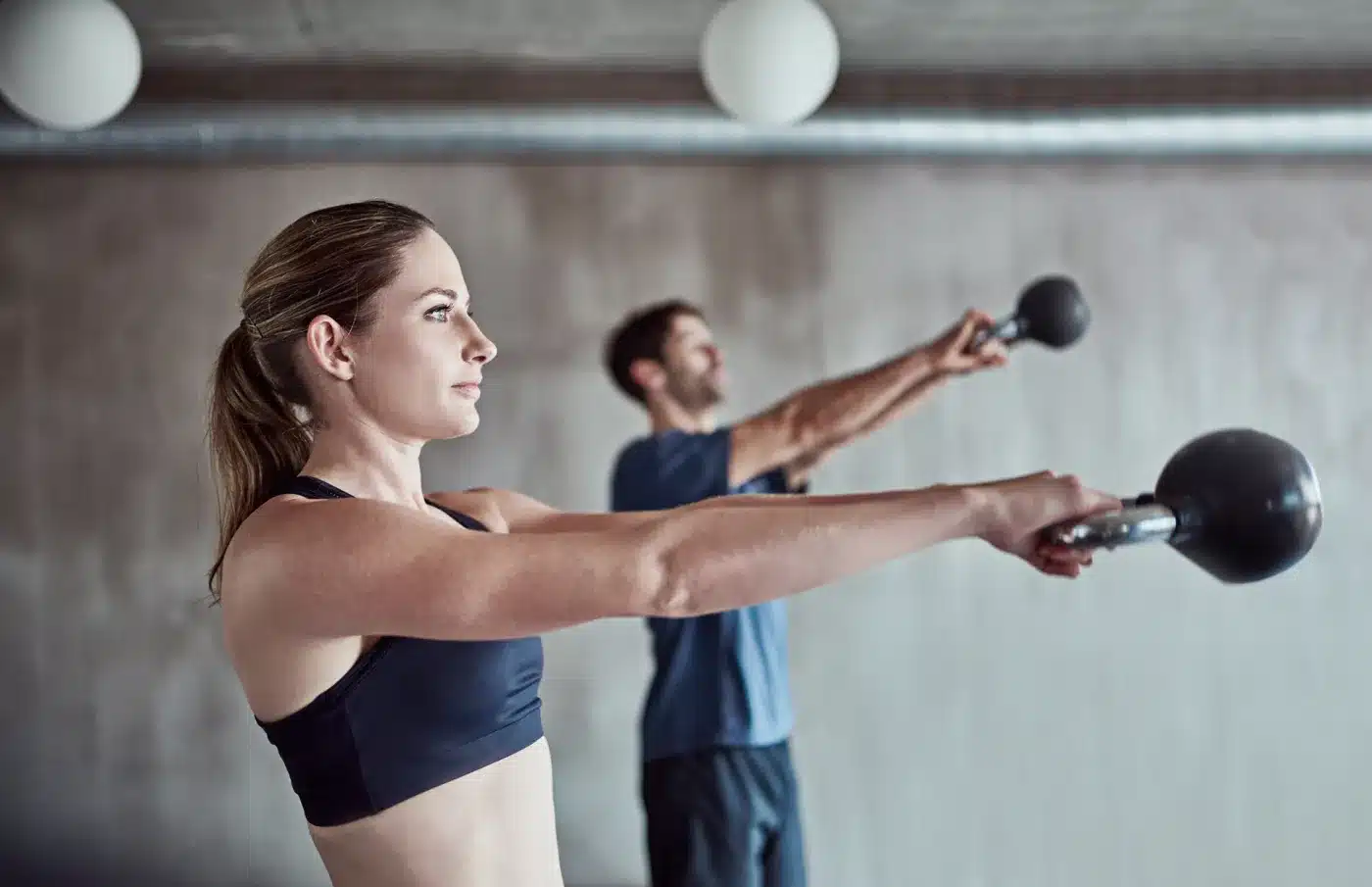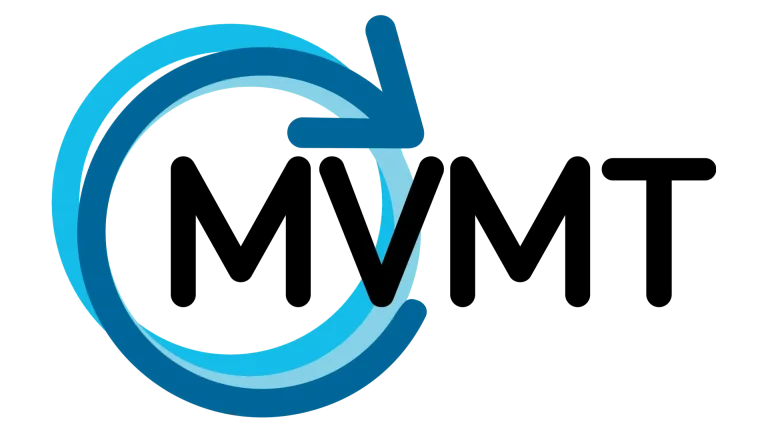Shoulder Basics

Shoulder pain can be quite debilitating. Like with so many injuries, you don’t realize the effect it has on your life until you’re faced with it. Suddenly, everyday tasks are difficult and painful: dressing, showering, carrying groceries, tucking in your shirt. Why does this happen?
Shoulder Injuries
There are a variety of shoulder injuries: rotator cuff impingement, rotator cuff tear, adhesive capsulitis (frozen shoulder), labral tears, bursitis, arthritis, tendonitis. And there’s more where that came from. Few injuries, like frozen shoulder, have no known cause. Most injuries are often a product of applying repetition or force through a joint that has underlying dysfunction. In other instances, we know exactly what happened – usually a specific trauma.
What is the Rotator Cuff?
The rotator cuff is a cluster of 4 muscles, whose job it is to keep the humeral head centered in the socket (glenoid fossa). Like the hip, the shoulder is a ball-and-socket joint. Unlike the deep and stable hip joint, the shoulder “socket” is very shallow and sacrifices stability for mobility. The rotator cuff provides this dynamic adjustment and stability, according to the task and the demand on the arm.
What is Impingement?
Rotator cuff impingement is one of the most common shoulder injuries. An “impingement” is simply a pinching of a structure – usually tendon of one of the rotator cuff muscles. This pinching of the tendon causes the muscle to “shut down” and not work properly. The pain and dysfunction can often create a feedback loop since pain changes the way we move. Pain leads to dysfunctional movement; dysfunctional movement can lead to painful movement. This is why “working through the pain” is rarely a good idea, since shoulder impingement is often a prelude to a rotator cuff tear.
What Causes It?
An impingement may happen because of repetitive motions. It may also occur because a person’s anatomy is predisposed for impingement. Other factors should be explored to understand you and your movement requirements: daily activities, sleeping posture, standing posture, work requirements, sports requirements, gym training schedule. This leads us to identify other underlying influences such as overuse, extreme ranges of motion, soft tissue overload.
What We Do
At MVMT, we utilize manual therapy to improve mechanics, neurological techniques to re-write good movement “programs” in the brain, and exercises to strengthen the rotator cuff and shoulder blade (scapula) muscles. Your Home Exercise Program is your homework to help move your progress forward. As we discussed earlier: some exercises are not always exciting, but they are often vital to help restore proper function.
You should have a discussion with your PT regarding other actions you can take to help recover from your injury. It’s our pleasure to help you along your journey to moving better!
